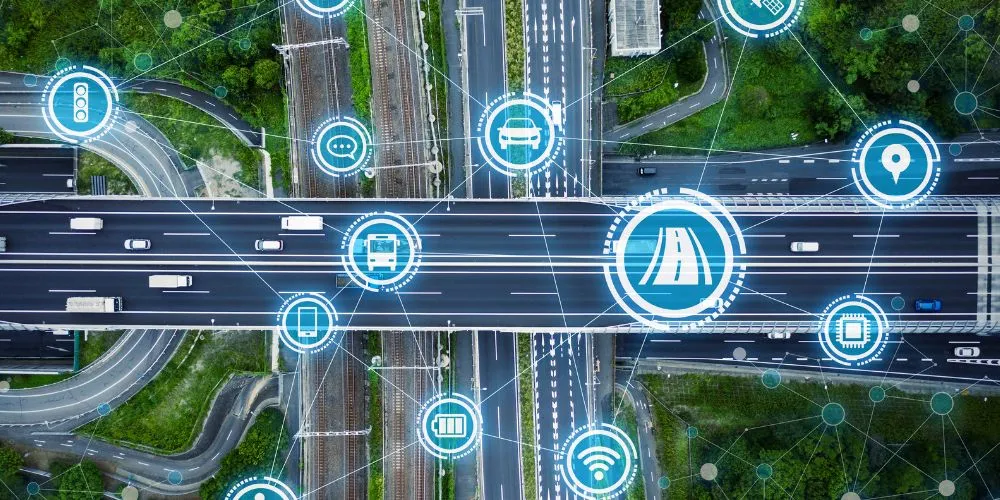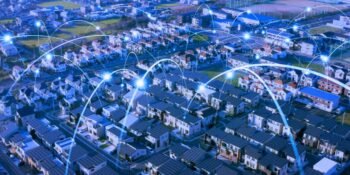Intelligent Transportation Systems (ITS) are a vital component of the modern transportation landscape. They utilize advanced technologies to improve the safety, efficiency, and Sustainability of transportation networks. ITS encompasses a range of innovative solutions designed to address contemporary transportation challenges.
Intelligent Transportation Systems Facts
The following are some key facts regarding intelligent transportation systems.
- Technological Integration: The system integrates various technologies, including sensors, communication systems, data analytics, and artificial intelligence (AI), to enhance transportation operations, control traffic flow, and provide real-time information to travelers.
- Traffic Management and Control: Intelligent transportation systems help optimize traffic flow through real-time monitoring, adaptive traffic signal control, and effective traffic incident management. These technologies reduce congestion and enhance overall traffic management.
- Vehicle-to-Infrastructure (V2I) Communication: V2I communication enables vehicles to interact with traffic infrastructure, such as traffic lights and signs, thereby enhancing safety by providing warnings and assistance to drivers.
- Smart Parking Systems: These systems facilitate the implementation of smart parking solutions that guide drivers to available parking spaces, thereby reducing congestion and minimizing fuel consumption.
- Public Transportation Optimization: It improves public transportation services by providing real-time information to passengers, optimizing routes, and enabling smart ticketing systems for enhanced efficiency and a better customer experience.
Intelligent Transportation Systems Views:
Addressing concerns related to privacy, cybersecurity, and ensuring seamless integration and adoption will be key to the successful implementation of ITS.
- Efficiency and Sustainability: Intelligent transportation systems are considered a key enabler of sustainable transportation. By optimizing traffic flow and encouraging the use of public transit, they contribute to reduced fuel consumption and lower emissions, aligning with sustainability goals.
- Enhanced Safety: Advanced safety features provided by ITS, such as collision avoidance systems and real-time hazard warnings, enhance road safety and help reduce accidents, injuries, and fatalities.
- Urban Planning and Congestion Management: ITS assists urban planners in developing smarter cities by providing critical traffic data for effective urban design, congestion management, and the development of transportation infrastructure.
- Public Acceptance and Adoption: The wide-scale acceptance and adoption of ITS technologies are crucial for realizing their full potential benefits. Public education and awareness campaigns are necessary to promote understanding and acceptance.
- Cybersecurity and Data Privacy: With the increasing reliance on technology, cybersecurity and data privacy concerns have become more prevalent. ITS stakeholders must address these concerns to ensure the safe and secure operation of systems.
Conclusion
Intelligent transportation systems are at the forefront of the future of transportation, offering many sustainability-enhancing safety and efficiency features to promote Sustainability. However, collaborative efforts among governments, transportation agencies, technology providers, and the public are necessary to realize these advantages fully. Ultimately, ITS will continue to evolve and play a pivotal role in transforming transportation into a safer, more efficient, and environmentally friendly system.










